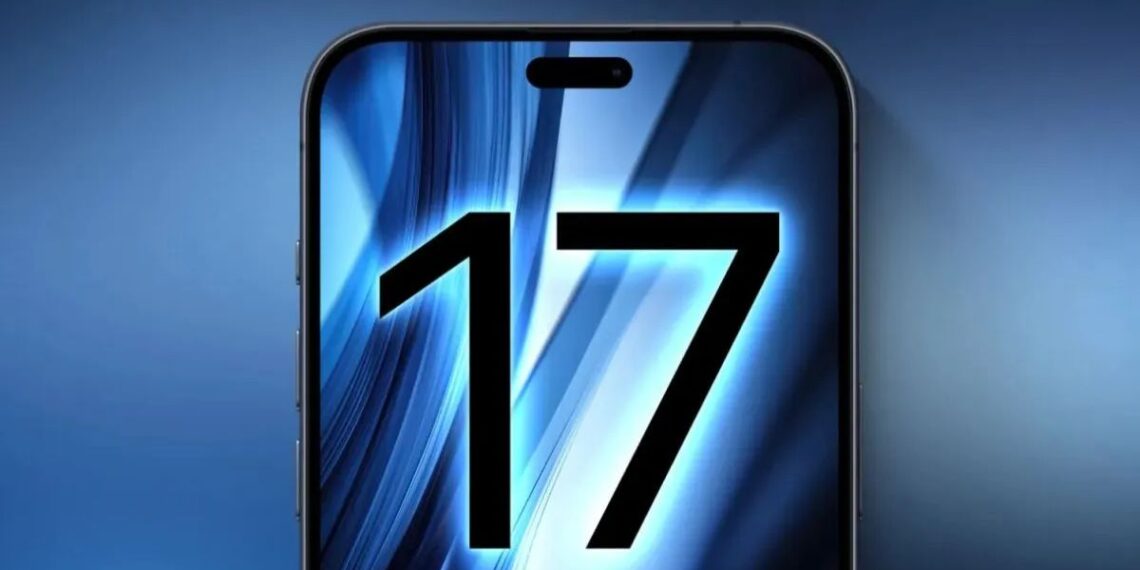Just weeks after the launch of the iPhone 16, expectations are already building for Apple’s next version, the iPhone 17, scheduled for release in 2025.
Among the updates we’ve got is a newly developed adhesive technology designed to simplify battery replacement. This innovation wipes out the need for traditional tools such as heat guns and pry bars.
While this advancement builds on the system introduced in the iPhone 16, it will be fully integrated across the iPhone 17 lineup, making battery removal more efficient and user-friendly.
The adhesive can be loosened by passing an electrical current through it, allowing the battery to be detached without damage. However, the glue is single-use, requiring a fresh strip for new battery installations.
Apple’s approach seeks to improve device repairability in line with legislative pressures, particularly in regions such as the European Union, where laws now mandate easier repairs.
The new range will consist of four models: iPhone 17, iPhone 17 Pro, iPhone 17 Pro Max, and a newly introduced iPhone 17 Air, which is expected to replace the discontinued iPhone 17 Plus.
iPhone 16 Pro and iPhone 16 Pro Max | Specifications | Pricing | Availability
The Air model aims to be the lightest and thinnest in the series, being a premium device with a slim design that draws comparisons to Apple’s MacBook Air.
Apple is reportedly planning to simplify the interior of the iPhone 17 Air, reducing the number of clips and screws to achieve its svelte form.
This minimalistic approach is likely to appeal to those who value fashion and portability in their smartphones. The design is expected to feature a 6.6-inch display, fitting neatly between the Pro and Pro Max models in terms of screen size.
In terms of technical advancements, all 2025 iPhones are anticipated to benefit from Apple’s ProMotion display technology, which offers a 120Hz refresh rate, enhancing scrolling and video playback.
Added to this, the screens will include an anti-reflective layer designed to improve durability against scratches, surpassing the existing Ceramic Shield found in current models.
The new series is expected to see a camera difference, with a 24-megapixel front camera replacing the current 12-megapixel version. The Pro Max variant may also come with an upgraded 48-megapixel telephoto lens.
There are also speculations that higher-end models like the iPhone 17 Pro and Pro Max will feature Wi-Fi 7 and 12GB of RAM, while standard models will include Wi-Fi 6E and 8GB of RAM.
One of the most talked-about developments is Apple’s plan to debut its in-house 5G modem in the iPhone 17 Air, a well-thought-out move towards reducing reliance on Qualcomm’s technology. This is in line with Apple’s goal to bring more of its hardware components in-house.
So, more details about the iPhone 17’s performance and features are expected later on and we’d be here to keep you updated. However, these early insights already suggest that 2025 could be one of the most commendable updates to the iPhone’s design and capabilities in years.








Comments 1